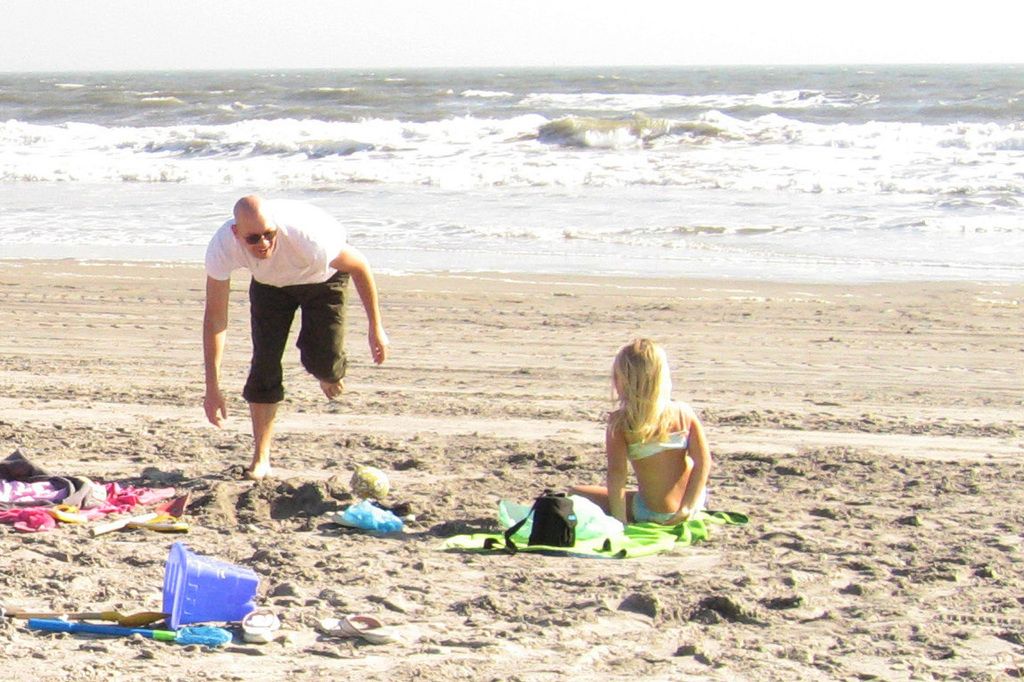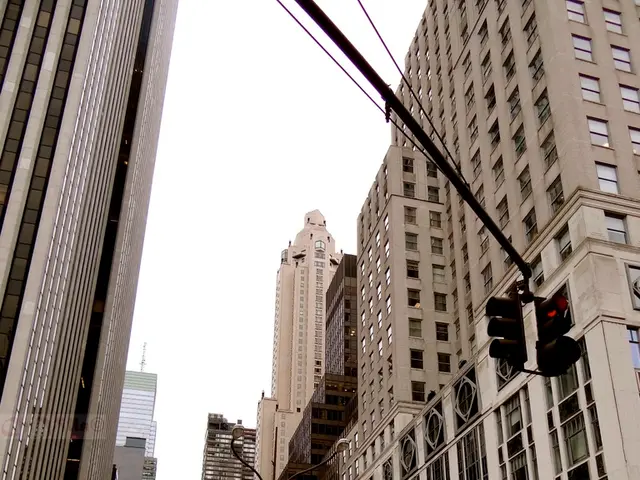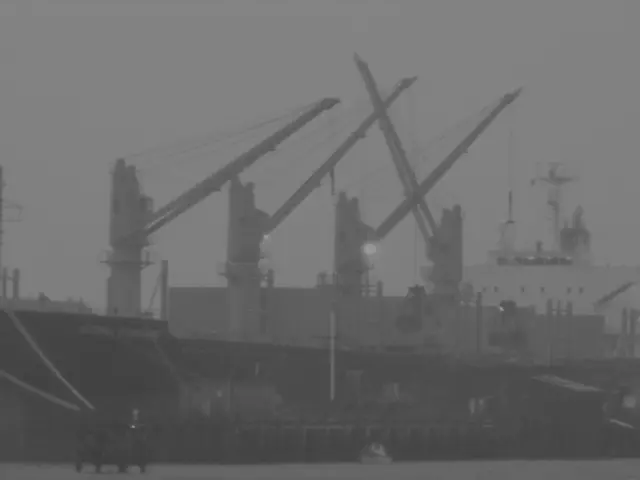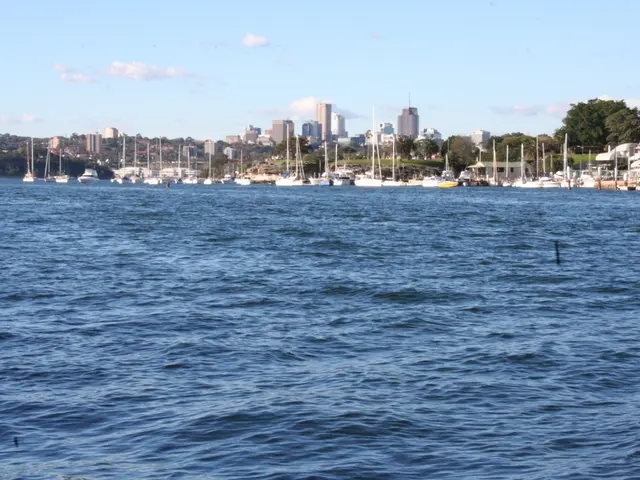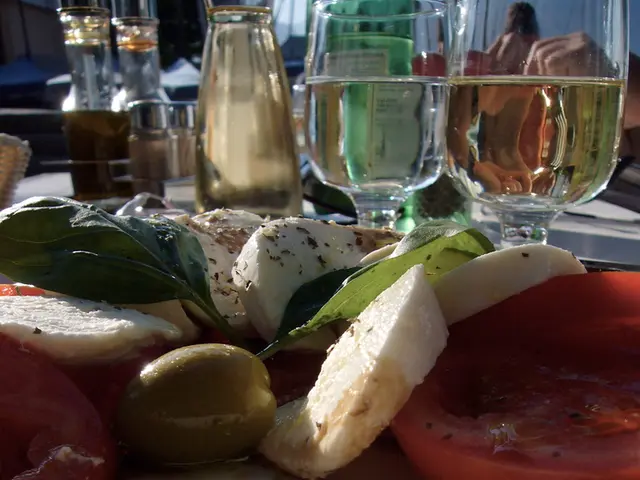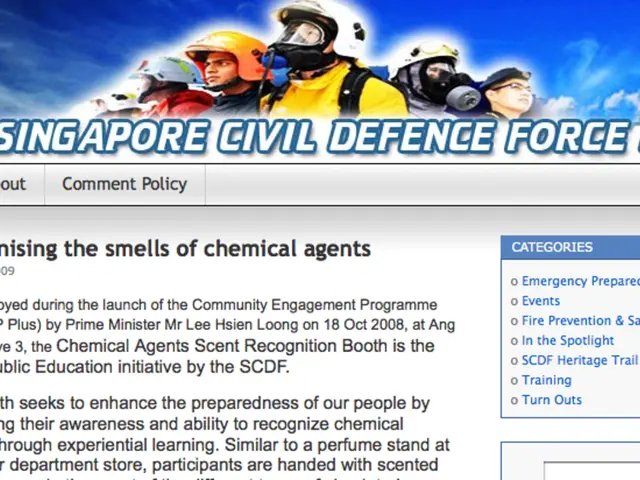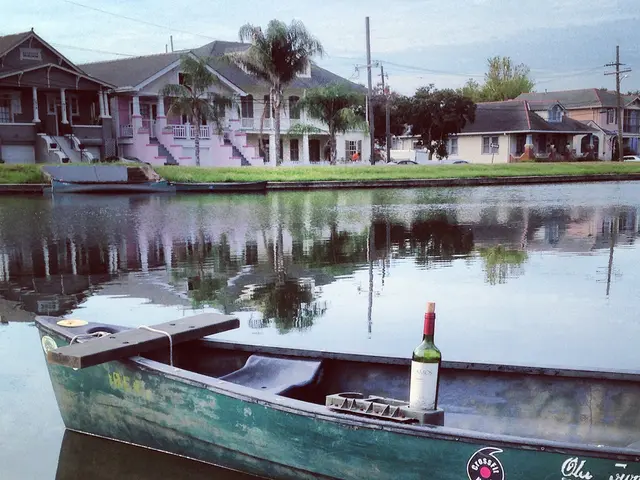Increase Transportation Along the Yenisey River in Siberia Sought
Tired of the same old cargo routes? Craving some change in the transportation game? Look no further! Here's the lowdown on how Krasnoyarsk's mega-rivers and the illustrious Northern Sea Route (NSR) are scheming a comeback.
Beating the waiting game with the NSR
With Putin setting his sights on developing the NSR, the game's afoot for increased river traffic on the mighty Ob', Yenisei, Lena, Irtish, and Angara. By revving up shipping along these river arteries, we'll create hefty seasonal routes that'll link up resource-rich and bustling industrial hubs in Central and Southern Siberia with NSR ports. This would help ease the burden on Trans-Siberian Railways from Asian export traffic passing through the Far Eastern ports of Russia[1].
Swinging the pendulum towards Yenisei
In Soviet times, the Yenisei River Basin (Yenisei and its tributaries like Angara, Bolshoy Pitt, Podkamennaya Tunguska, Nizhняia Tunguska, Bolshaya Hetka, and others) pumped out a whopping 28 million tons of cargo during navigation. The current efforts of over 150 licensed cargo carriers working in the basin may not be as fancy, but they moved a more-than-respectable 6.1 million tons of goodies in the 2024 navigation season, with the Yenisei River Company alone handling over half[2]. So, it's clear we're still far from the Soviet glory days with just a mere 21% of the cargo volume being utilized[3].
Rolling coal through Yenisei
Back in 2023, Mintrans RF floated a tantalizing idea: starting test coal shipments from Kemerovo Oblast and Khakassia to China and other Asian nations via Yenisei and the NSR through Krasnoyarsk and Lesiossibirsk ports. This proposal aimed to alleviate the pressure on the East Siberian section of Trans-Siberian Railways and the BAM (Baikal-Amur Mainline)[4]. But alas, this spark of genius didn't catch fire due to a few hurdles:
- Missing muscle: Ports in Krasnoyarsk and Lesiossibirsk need more heft to store and handle coal, but constructing large coal terminals in these eco-sensitive cities may not be the best move[1].
- Sail power deficit: Securing sufficient non-self-propelled vessels to handle such massive shipments would take time, and it's unclear how soon these would be in demand[1].
- Profit hurdles: The duration of navigation on the lower reaches of Yenisei is a mere four months, from early June to late September, and moving cargo from river barges to ocean-going vessels will require additional handling stations somewhere around Igarca, Duennika, or the Yenisei estuary[4].
While the Mintrans RF's proposal didn't quite take off and rates for export coal plummeted, the concept of using Yenisei for exporting mineral resources and finished goods to Asian nations didn't disappear entirely[1].
Bursting the Yenisei cargo bubble
Officials in the Transport Ministry of Krasnoyarsk Krai revealed that systematic increases in cargo handling at Krasnoyarsk and Lesiossibirsk river ports, as well as a substantial rise in river traffic across the Yenisei River Basin, are tied to the development of mining in Lower Angara and, more importantly, future oil and gas projects in the Krai's northern region[1].
The Arctic blueprint through 2035
Russia's strategic plan for the Arctic zone development and national security to 2035 highlights several key initiatives for Krasnoyarsk Krai:
- The oil and gas hub of Western Taigmyr: This center would focus on manufacturing and exporting goods via the NSR[1].
- The Western Taigmyr coal cluster: Also geared towards NSR exports[1].
- Modern port infrastructure: The creation of new coal and oil terminals in Dikson, as well as building a contemporary tech support and bunkering facility for ships[1].
So, the focus is on beefing up port infrastructure in the lower reaches of Yenisei, with Duennika technically being a seaport[1]. And the development of oil and gas fields in Krai's northern region could very well boost cargo traffic on the grand dame of Siberian rivers.
With that said, let's make river routes great again!
References:
[1] - Platonov, N. (2021). Белые пароходы. https://de.la/article/9432[2] - DEA. (2022). Администрация Енисейречтранс. https://de.la/company-profile/155951[3] - DEA. (2021). Администрация Енисейречтранс. https://de.la/article/9397[4] - Kommersant. (2021). Без схем Магистраль Амуры–Сибирь–Тихий океан. https://kommersant.ru/doc/4911939[5] - DEA. (2022). Новый нефтенос. https://de.la/article/9639[6] - Izvestia. (2023). Как четверо миллионов человек собирают Новую Землю. https://iz.ru/1015625/aleksey-belofastov-ilya-enaiev[7] - DEA. (2021). Околицы Нового Средиземья. https://de.la/article/9378[8] - DEA. (2023). БАМ лишь треть страны. https://de.la/article/9910
- To keep updated on the latest news, look out for more publications about the revitalization of Krasnoyarsk's rivers and the Northern Sea Route (NSR) in environmental-science, business, and general-news journals.
- Among the various rivers in the region, the Yenisei river, along with its tributaries, has a significant role to play in the transportation industry, particularly in shipping resources to industrial hubs.
- Climate change has been a recurring concern in the scientific community, and the increasing river traffic on the Yenisei could potentially impact the environment, necessitating careful consideration and data-and-cloud-computing analysis.
- The NSR's development is also attracting interest from the finance sector, as the expansion could provide new opportunities for investment in infrastructure projects.
- With the growing focus on energy efficiency, innovations in energy generation and utilization are crucial to ensure seamless transportation along the NSR and the Yenisei.
- Space-and-astronomy enthusiasts might find the NSR's role in connecting resource-rich areas with seaports and further linking to international destinations intriguing, as it can contribute to space explorations.
- The lifestyle segment can capitalize on this revival by providing travel guides and itineraries for tourists curious about the culture and landscapes along the NSR and Yenisei.
- Educational institutions and organizations offering education-and-self-development programs can incorporate the transportation and environmental-science aspects of the Yenisei and NSR into their curriculums.
- Lastly, the personal-finance and technology areas can collaborate to develop solutions for managing the finances of the various businesses expected to thrive as a result of this transportation transformation. In particular, digital platforms that cater to online banking, budgeting, and e-commerce could prove beneficial.
